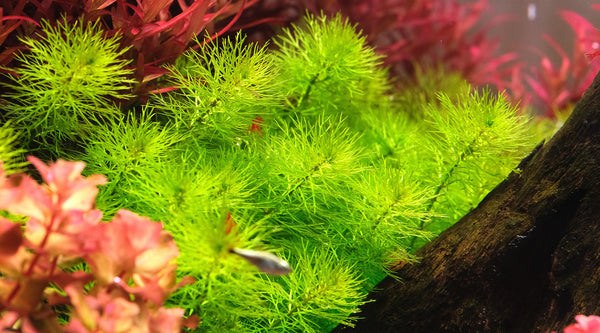Thank you all for the answers . But I just don't understand why the Gallon/Watt is still used in the era of LED lighting.
I think it's just better to talk about lumens and/or par per gallon
Well even par/gallon has it's weaknesses. What depth, what plants?
ALL have limitations except for a par map of your working tank.
I'm probably one of the few to use it in theory. I do own a Seneye so I can get real mesurements.
Its usefulness is to those with nothing.
Now as to Lumens/gal.. worse than wpg in my mind especially with the introduction of RGB lights.
Put in 660nm red leds in place of normal reds and only a small percent of their photons are counted.
Typical white led in blue below. Warm whites would be worse.
The photopic luminosity is approx what a lux meter would measure. W/ a RGB led light you basically are only measuring green ..
Lux is Lumens/area
Gallons/watts can be a good guesstimate if one understands the limitations.
Much is based on actual par data and actual lights.
Ball park guesses can be made but it is a big ballpark.
Crude idea of the photons a lux meter misses for a 6500k t5.
Not near as many as an led.
Btw way those (orchid growers, hort, ect that actually measured PAR for different lights found , in general 1/2w = 1W t5 to generate the same par level.
Datas out there. Combinatin of a bit higher photons/watt and the fact that most leds have way better control of the output.
Tubes 360 plus reflectors.
Leds generally 120 to 90 degrees, no reflector needed.





